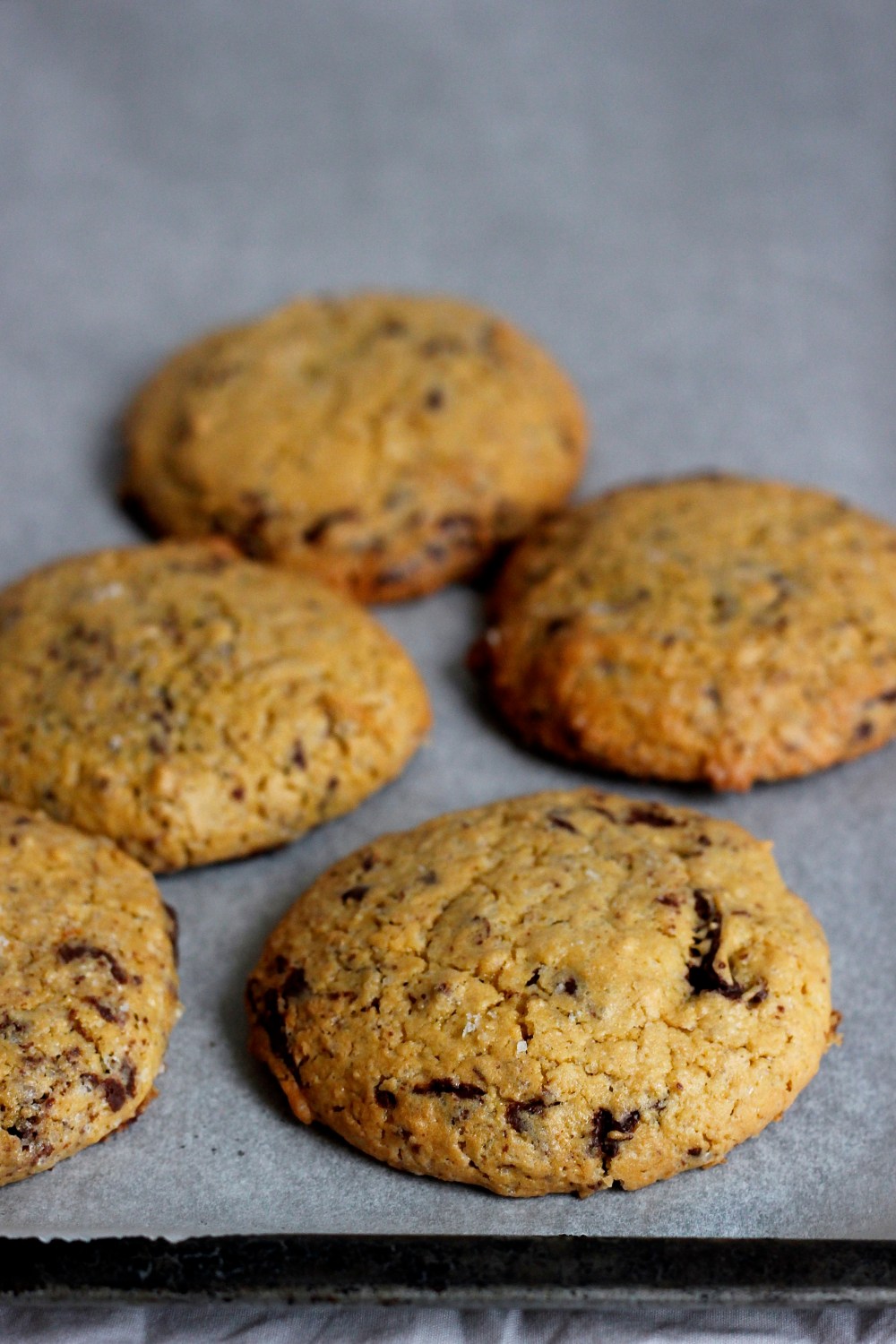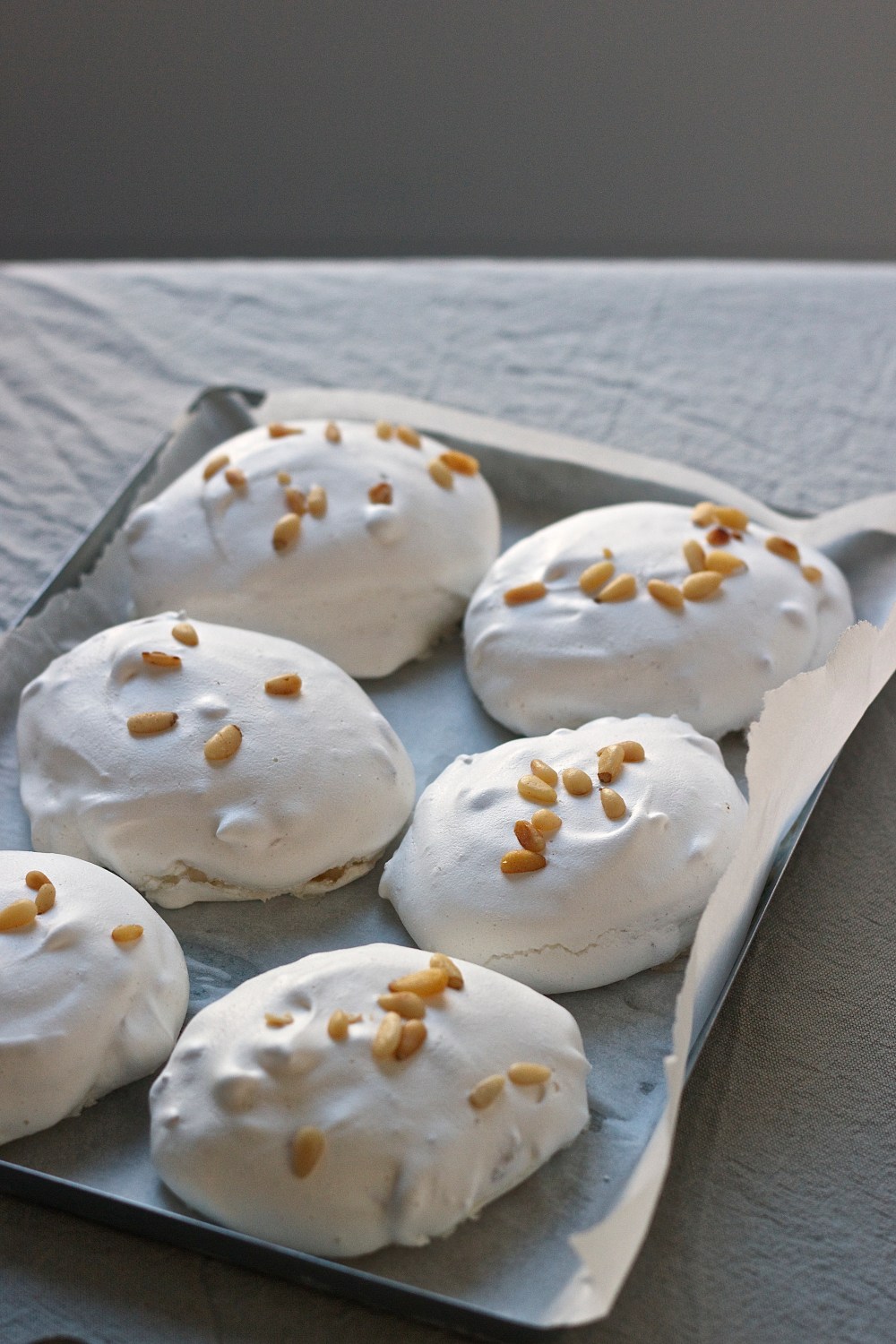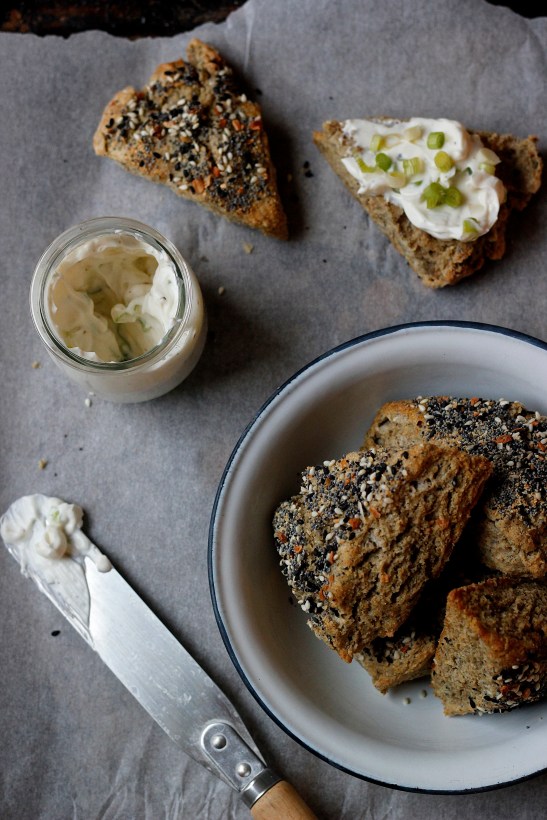The end of this week marks 10 weeks of working from home for me as a result of the Covid-19 crisis. And based on where things currently stand, I will likely be working from home for the remainder of the year. I suspect many, if not all of you, are in a similar boat. At least by now this whole working from home and lockdown thing feels “normal”. I use inverted commas because while I may have gotten used to all of this, nothing about not even once going to the office in the past 2(+) months and having a live audience of exactly one for my (likely increasingly terrible) jokes feels remotely normal. That being said, we are both doing ok, glad to have each other for company and counting our blessings for having stable jobs, being healthy and our friends and family doing ok as well.
Like any self-respecting (or should it be self-deprecating?) foodie I was actually a little bit excited about the prospect of being stuck at home for weeks on end. After a year of travelling a crazy amount (by the end of February I had already been on almost 10 trips abroad in 2020 alone, including to both Turkey and the UK twice, plus a couple of weeks in India). So I was looking forward to more home cooking and fewer restaurant meals. And, of course, plenty of sourdough bread. In fact, judging from my instagram feed, you would be forgiven for thinking that flour shortages weren’t much of a thing in Belgium (or if they were, that I was single handedly responsible for them…).
I was lucky enough to start the lockdown with more than 15kg of flour at home – mainly strong flour for bread baking. But thanks to baking bread 2-3 times a week, my once overly abundant flour stash started diminishing rather quickly. Alas, for weeks, the flour shelves of my local supermarket were empty. And the online shop where I normally order my flour stopped delivering to Belgium. Things seemed to slowly have improved the last few weeks, but whether or not you are able to score some precious flour at the supermarket still seems to be hit and miss. When there is a fresh delivery, the flour usually sells out fast. And when I asked when flour was typically restocked in my local supermarket, I was met with blank stares. I know many of you feel the same pain. So today I thought I would give you some ideas for all the wonderful things you can still bake when all purpose flour is hard to come by.
I already saw a few similar round-ups but those mainly recommended recipes using ground almonds and/or polenta which bugged me a bit – ground almonds are far from a cheap ingredient and the latter not necessarily a store cupboard ingredient for all of us. So I wanted to cast the net wider, so the below recipes fit into four (somewhat arbitrarily chosen by myself) categories.

“I have some flour, but I really don’t want to use it all for just one recipe” or “Stretching is healthy”
When all purpose flour is in low supply, the first thing you can consider doing is stretching it out as much as possible, so think small batch recipes, dividing recipe quantities by 2, 3 or even 4. Which makes sense anyway given that most of us are stuck at home with only a small group of people, possibly even just one other human, to share our baked goods with.
The other options are seeking out recipes that only require a very small amount of flour to begin with (like these insanely good cocoa brownies from Alice Medrich) or mix all purpose flour with other types of flour which might be easier to source or which you might still have some of: like Lebanese sfouf cake which uses a mix of flour and semolina; or cakes using a mix of nuts and flour like these individual pistachio and olive oil cakes, or this saffron shortbread made with polenta and flour. Or, if you are after something savoury, these ‘Everything Bagel’ Rye Scones (see picture above) using a mix of rye and spelt flour and topped with a scallion cream cheese.

“I went on this mad spree of buying all kinds of different types of flour at my local organic co-op. I don’t even know what half of these are. Can’t I bake cakes and stuff using these instead of trying to hand down all purpose flour?” (which incidentally reminds me of this New Yorker piece which will forever make me chuckle) – The flour shopaholic
If you are anything like myself, you did not escape the recent ancient grain hype unscathed and your pantry now has all kinds of random bags of flour, half of which you don’t even know how to use.
Without wanting to get too technical, there are a few things to bear in mind when baking with flours other than all purpose flour. Different types of flour vary in both their gluten content and their quality of gluten, and some may even be gluten-free. They can also vary in how well they absorb moisture and how much they will hold on to moisture. All of these factors affect how different types of flour will behave in baked goods, so one on one substitutions are tricky if you expect to see the same results:
- Wholegrain flours: there are different types of wholegrain flours – they differ depending on how much of the wheat germ and bran is sifted out after milling the flour. What they have in common is that wholegrain flours are both more absorbent than all purpose flour (for example, when using wholegrain flours, you typically need to increase liquids in your recipe by 10 per cent to account for how much more moisture it absorbs) and that baked goods made with wholegrain flours have a tendency to be denser than those made from all purpose flour. This means that wholegrain flours are better suited to hearty cakes like this Zero Waste Banana Bread or a carrot cake, than say a delicate sponge cake for a French Fraisier.
- Flours with weak gluten quality or lower gluten content: there are also a number of flours that while not gluten-free, either have a lower gluten quality than regular wheat flour or have a lower overall gluten content. For example, I really like baking with spelt because it has a wonderful nutty flavour. However, spelt is also known for having poorer quality gluten, meaning it doesn’t work so well for baked goods where the strength of the gluten network is important – say, enriched yeasted doughs used for things like brioche, babkas etc. E.g. in this Cinnamon and Walnut Babka with Spelt you can see how flat the top of the babka is compared to the more typical domed shape you would get using all purpose or strong bread flour. This has no impact on flavour but is just one thing to consider depending on what you are after. So flours low in gluten or with a lower quality gluten like spelt or rye might be better suited to things like cookies, brownies and other bars or sponge cakes made with lots of beaten eggs, i.e. any type of baked good where you are not relying on the gluten in the flour for the structure of the final good.
- Glutenfree flours: thanks no doubt to the healthy eating revolution, part of which cast gluten as the scapegoat for all sorts of ills, we now also have easy access to a broad range of gluten-free flours such as flours milled from buckwheat, rice, oats, chickpeas millet, teff etc. While I don’t tend to bake a lot with glutenfree flours, I do really like using oat flour for a genoise sponge cake because of its sweet and nutty flavour. And, the good news is that even that bag of chickpea flour lurking at the bag of your pantry and that you bought wanting to recreate that delicious piece of farinata you once tried in Genoa, can be used for baking too. Aside from a bunch of Indian sweets, I find chickpea flour works well in cookies – e.g. I really like making chocolate chip cookies with chickpea flour (see picture above, just don’t try the cookie dough – you have been warned!). Another gluten-free flour I usually have at home is Polenta – coarser than regular flour it’s great in cakes, but it also works well in other recipes like this Apricot and Buttermilk Cornmeal Clafoutis or in this Toasted Cornmeal and Salted Honey Shortbread. Polenta can also easily be replaced in recipes using semolina (think Turkish syrup-drenched semolina cakes). There are also plenty of recipes using the likes of coconut flour, teff, amaranth, chestnut etc. But since I am not familiar with these, I didn’t want to suggest anything specific (and I know that coconut flour in particular can be tricky to bake with since it is extremely absorbent). If you want to read more about flours other than wheat and find some great recipes using these, I can highly recommend Alice Medrich’s Flavour Flours (just ignore the cringeworthy title).

“I am part squirrel and have been hoarding nuts and seeds since last fall – what can I use those for?” – Recipes for squirrels (and human hoarders)
Nut flours are an obvious choice for baking when flour is in short supply since they make for tasty cakes that don’t dry out as quickly as cakes made from only flour. While ground almonds are probably the most common nut flour (and are delicious when turned into cakes, like in this Preserved Lemon and Almond Cake), there is no reason to stop there.
Hazelnuts are a brilliant alternative choice – toasted and ground into a fine flour they make the most wonderful Torta di Nocciole eaten all over Italy’s Piemonte region (which is world famous for its hazelnuts) and which I spent a week gorging on during a trip to Italy’s North with my friend Michelle. I also love using hazelnuts in this Apple Tarte which is my version of one I had in a cafe in Lima after a 2 week whirlwind tour of Peru. But walnuts are also a great option, like in this Walnut Cake Recipe none other than Rene Redzepi shared with Bon Appetit years ago. And let’s not forget poppy seeds or sesame seeds which can also be ground and turned into wonderfully nutty and moist cakes. For example, I would definitely not say no to a pumpkin seed financier topped with vanilla cream cheese frosting, a drizzle of pumpkin seed oil and a sprinkle of sea salt.

“Ok, I admit it. I am desperate. Possibly delusional. I don’t have flour or nuts but I still want to bake something. Help!”
Just because you don’t have any flour or nuts does not mean you have to give up on your dream of baking entirely, you just have to get a little creative.
Assuming you have ample supply of eggs, why not whip up a batch of these pine nut meringues with poached apricots in rose wine and use the leftover egg yolks to make a honey saffron custard? And before you throw that stale piece of bread away, just remember that you can also turn old bread into tasty treats – be it bostock (best made from stale brioche but other types of sandwich bread will work too) or bread pudding, for example. I also came across an intriguing looking carrot cake recipe made using breadcrumbs. And don’t forget all those different kinds of pie using cookie crumbs to make a crust (Key Lime Pie being just one of them)!
You can obviously also create wonderful tartes and pastries using shopbought puff pastry or shortcrust pastry – just make sure you buy all butter versions (the cheaper ones often contain hydrogenated oils which don’t taste that great and also leave a greasy film in your mouth). And if all else fails, I can recommend reacquainting yourself with good old ladyfingers. If you have only ever used them to make Tiramisu, think again. They can stand in for sponge cake in a number of different recipes. E.g. a few weeks into lockdown I made a tres leches cake using ladyfingers and it worked wonderfully. And don’t tell the French but I would happily experiment with making a French Fraisier using ladyfingers as well – you might just want to macerate your strawberries with some sugar first and use the resulting juices to soften your ladyfingers.
One last tip – if you cannot find flour in your local supermarket, try your local organic shops. Mine certainly does not have the same range as it normally does, but on each trip I have been able to find a decent range of different types of flours, including different wholegrain varieties, spelt flour, as well as other types of flour, be it rye or gluten-free flours such as buckwheat, barley or rice flour for example.
Happy Baking!

One thought on “What to bake when flour is in short supply or, god forbid, sold out”